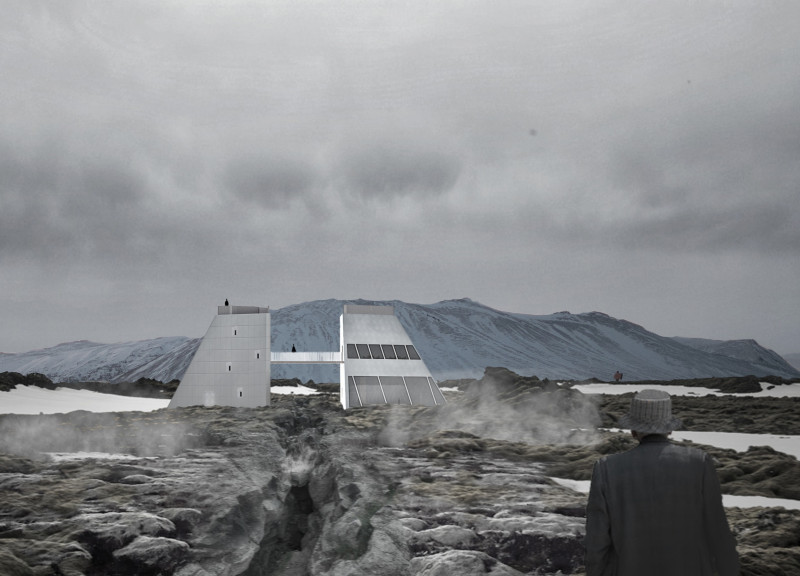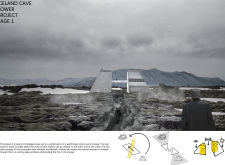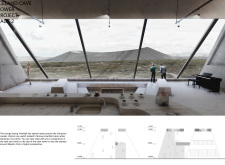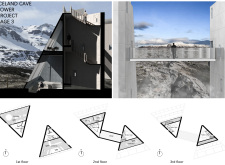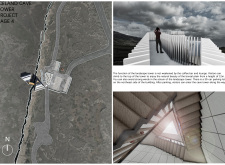5 key facts about this project
This architecture project represents a harmonious blend of aesthetic appeal and practical use, providing spaces that foster community interaction and engagement. The design serves multiple functions, including [insert primary functions such as residential, commercial, community space], catering to the diverse needs of its users. Central to the project’s philosophy is the idea of creating a welcoming environment that encourages both social connections and individual reflection.
The layout of the building is both intuitive and engaging. Its main public spaces are designed to encourage movement and accessibility, with clear pathways connecting different areas. The use of large windows and open spaces maximizes natural light and creates a sense of transparency, enhancing the indoor-outdoor relationship and connecting occupants with their surroundings. This connection to the environment is a significant aspect of the design; it reflects an understanding of the importance of light and nature in enhancing user experience.
One of the unique design approaches evident throughout this project is the thoughtful integration of natural materials. The use of wood, for instance, is not only a nod to local building traditions but also adds warmth and texture to the spaces. This choice of material supports sustainable practices, highlighting the architect's commitment to environmentally sensitive design. Furthermore, the concrete structure reinforces durability, ensuring the building can withstand the test of time while blending seamlessly with its context.
Attention to detail is paramount in this architectural design. Elements such as [insert specific architectural features like cantilevered roofs, green walls, or solar shading devices] not only enhance the visual interest of the structure but also serve practical purposes. For example, the inclusion of [specific feature] improves energy efficiency and reduces the building's carbon footprint, addressing contemporary concerns related to sustainability.
The project also incorporates outdoor spaces thoughtfully designed to promote accessibility and interaction with nature. These areas serve as extensions of the interior, offering places for gathering, recreation, and relaxation. The strategic placement of landscaping elements enhances the overall aesthetic, bringing a sense of calm and balance to the urban environment.
Another noteworthy aspect of this architectural project is its engagement with the community. The design includes [mention any community-focused features such as public art installations, community rooms, or educational spaces] that invite participation and enhance the sense of ownership among local residents. This approach reinforces the project’s role as a facilitator of community interaction and social exchange.
The architectural plans reveal intricate layouts that prioritize user experience, while the architectural sections detail the thoughtful elevation and materials that inform the building's character. To appreciate the entirety of this design, it is insightful to examine the architectural designs that define both the functional and aesthetic aspects of the project.
The innovative ideas and solutions embedded within this architectural project demonstrate a forward-thinking approach to design. For those interested in an in-depth exploration, reviewing the architectural plans and sections can provide a greater understanding of the intricate decisions that shape this compelling project. Engage with the presentation of this architectural endeavor to discover more details and insights into its comprehensive design approach and its impact on the community.


